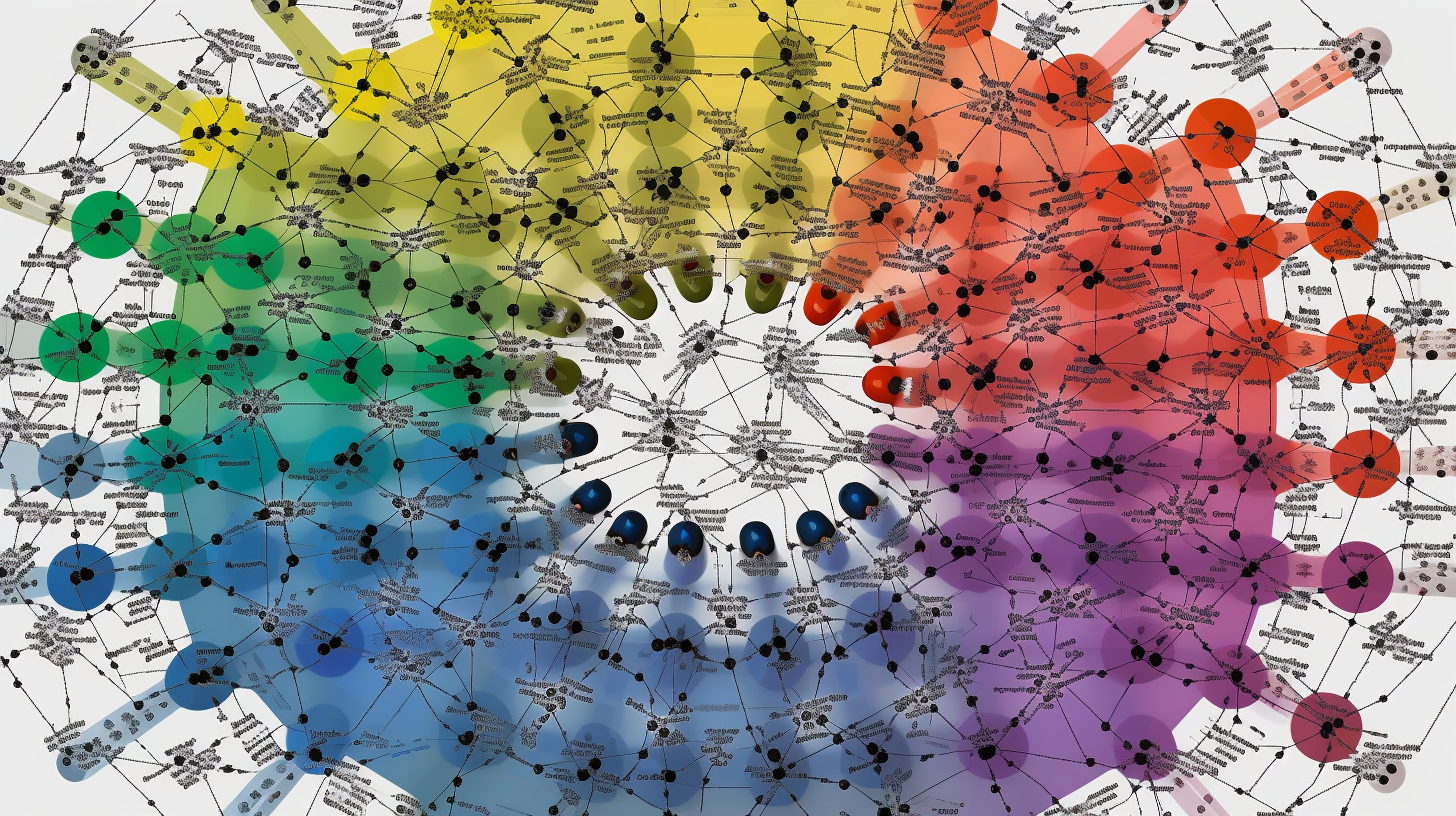Discovering the Intricacies of OSPF Network Types and Neighbors: A Purview into the CCNA 200-301 Exam

Settle in, folks! We're about to embark on an electrifying expedition into the digital landscapes of OSPF Network Types and Neighbors – a core concept in the widely recognized CCNA 200-301 exam. As we navigate through these intricate terrains, you'll find that understanding this landscape is not just about cramming definitions but deeply grasping how these elements interact within networks. So prepare to strap on your thinking caps, as we unravel the complex world of OSPF protocols!
The Academic Angle: Dissecting OSPF
OSPF, short for Open Shortest Path First, is a critical routing protocol that networks use to find the best path for data packets. Picture it like a savvy GPS for your data, determining the quickest way from point A to B. The beauty of OSPF lies in its adaptability to different network types, including those managed by Network Interface Cards (NICs). It's important to remember that, in such a setup, some are point-to-point (P2P), while others are non-broadcast multi-access (NBMA). A key characteristic of P2P networks is their direct link between two routers - just like a cozy tête-à-tête conversation. On the other hand, an NBMA network, is likened to a party line where multiple routers communicate on the same medium.
Moreover, OSPF assigns cost values to each route based on bandwidth, which helps determine the shortest path. Furthermore, OSPF utilizes a Link State Database (LSDB) to store information about network topology. The really nifty thing about the OSPF protocol is that all routers are privy to this database, creating an extensive understanding of the network layout – a true model of collective intelligence!
Shedding Light on OSPF Neighbors
If OSPF Network types are the intricate digital landscapes, then OSPF neighbors are the active adventurers exploring them. When two routers on the same network segment exchange OSPF Hello packets and accept each other's parameters, they become "neighbors." They say the first hello is the most important in nurturing an OSPF relationship!
But here's the thing - not all OSPF neighbors are born equal. That is, some advance to the state of being "full" neighbors and engage in a full exchange of routing information. Full OSPF neighborship is generally formed over P2P and broadcast network types. However, for NBMA and P2P non-broadcast network types, a "DR" (Designated Router) and "BDR" (Backup Designated Router) are elected to minimize routing traffic.
A Statistician's View: Making Sense of the Numbers
Now, let's break down the architecture further with a focus on numbers and statistics. According to a survey conducted in 2020, approximately 43% of companies worldwide use OSPF as their primary routing protocol. This substantial figure is testament to OSPF's reliability and efficiency. Since its development in the late 1980s, OSPF has become the go-to protocol for many corporations, helping countless organizations prevent bottlenecks and data crashes by finding the fastest routes for data packet transmission.
Moreover, in an intra-domain environment where routers can number in the thousands, OSPF's capability to segregate large internetworks into smaller, more manageable domains, or areas, is deemed a godsend. Statistically, this splitting ability reduces processing time by roughly 80% when compared to running on a single area network. Now that's what you call working smarter, not harder!
In conclusion, understanding OSPF Network Types and Neighbors is not just a ticket to ace the CCNA 200-301 exam. With the majority of enterprises turning to OSPF for its versatility and adaptability, the protocol's grasp becomes a power tool in your networking repertoire. En route to becoming CCNA certified, let's not forget that it's not just about the destination, but the journey too. Happy networking, folks!